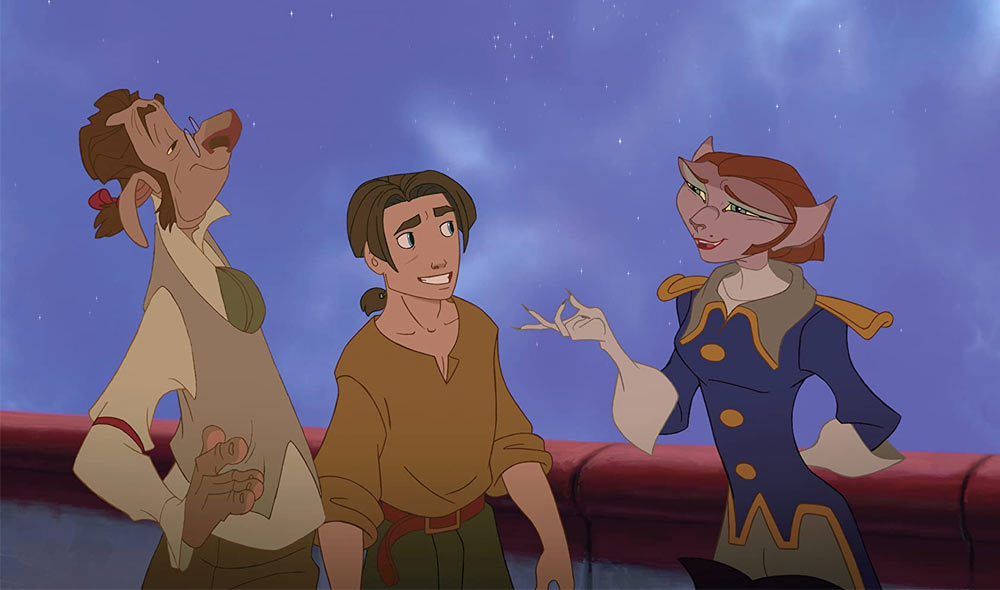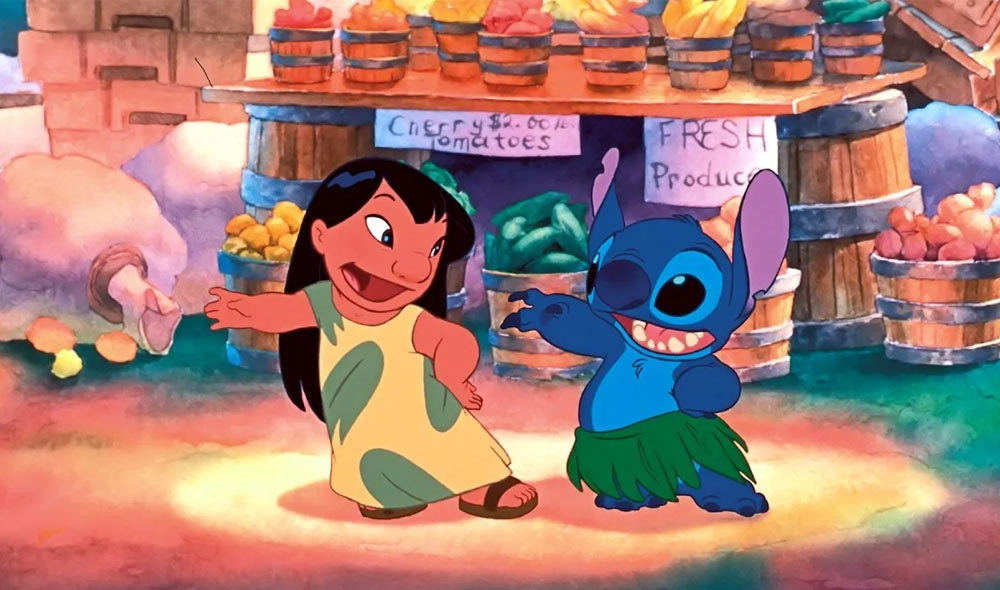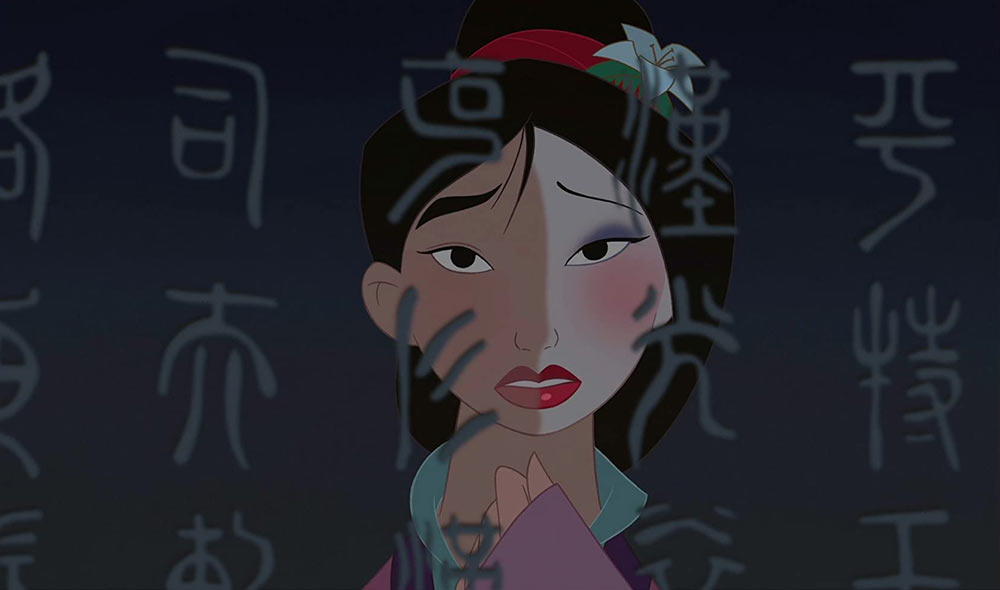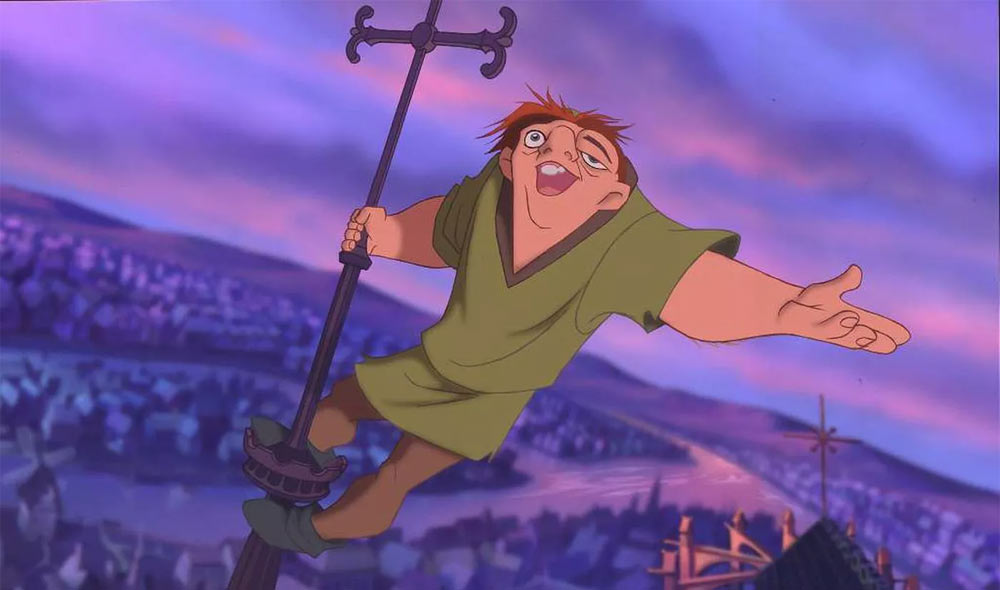THE HOUSE OF MOUSE PROJECT – ‘Treasure Planet’
The one that flopped spectacularly. For over a decade, directors Ron Clements and John Musker had been desperately seeking approval from Disney's executives to produce their dream project, Treasure Island in Space. While no one at the studio shared Clements and Musker's unbridled enthusiasm for the pitch, the duo relentlessly pushed the idea for the better part of 15 years before they were finally given the green light. As fate would have it, Disney was entirely right to be cautious and a box office bomb like few others was...












